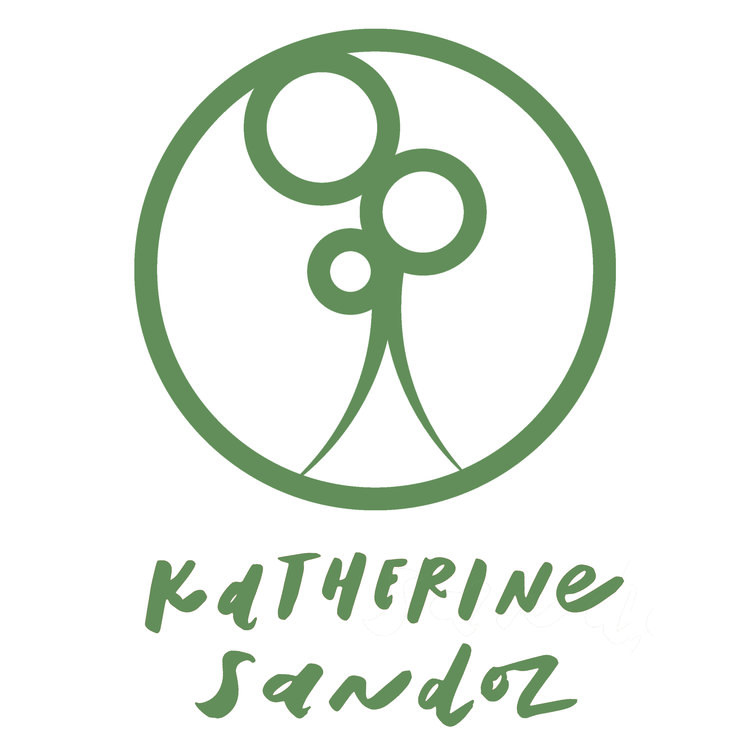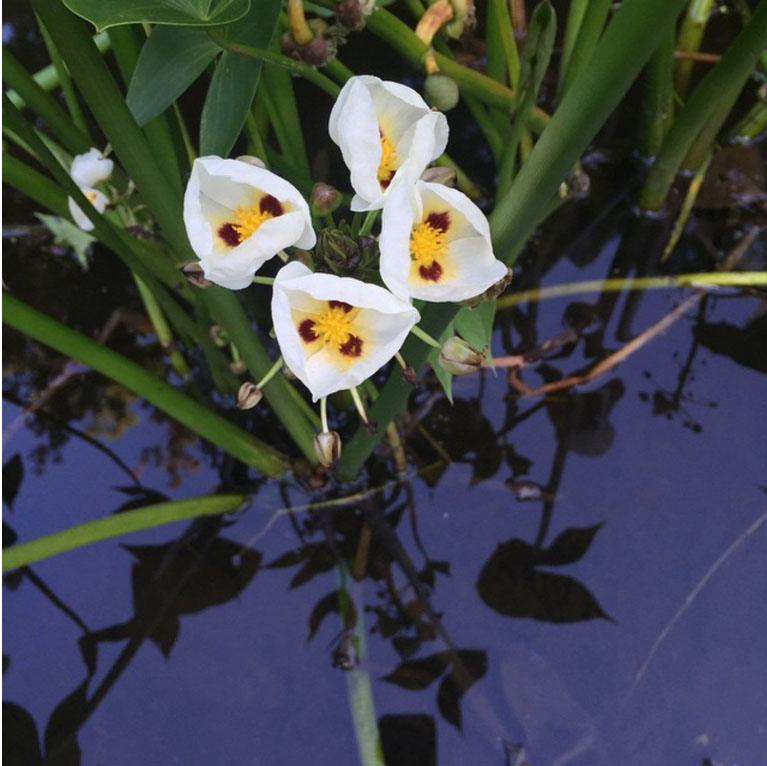(AURORA)
february - may 2020
in january 2020, i made an outline for the development of three new series of paintings. they would examine the idea of locus amoenus, a literary tool which describes a idealized, safe place, a place containing trees, grass, water.
locus amoenus is at once a green world, a feminine place, an expression of a universal spirituality that is nature. similarly, a hortus conclucus, or enclosed garden, is also a paradox in that nature is not, can not be, enclosed or walled. the paintings work to create a locus amoenus and they also notify and remind us of the artifice of the picture plane, of the contained garden, of the idea of safety. they highlight our attempts to contain both nature, our fears, and passions as well as our desire to contain life, beauty, whatever perceptions of demesne or dominion we might hold.
at the time, i wrote aurora, sequoia and tryst as the titles of the series. i would overlay a structure of trees, grass and sky as well as work with the chinese philosophy of the entirety of the world made up of the three stations: heaven (spiritual), human (relationships), earth (the land).
aurora heaven sky
tryst human grass
sequoia earth tree
by the end of march 2020, i had made considerable headway in creating both the tryst and the aurora series.
tryst is a series of 20 paintings that reveal wild, fauvist gardens created from the chaos of a painter’s previously used palette. references were pulled from photographs sent by friends in 2020.
the aurora series offers seemingly idyllic land and waterscapes, a place where the spirit may partner with the earth. when we search for the human element in the painting, we find these absent bodies are hiding under the foliage. they swim behind waves that have reversed their tides and patterns. they are dwarfed by plants from distant lands that have washed ashore. night swimmers approach a fragmented, lit island that reveals itself to be more aquatic plant than terra firma.
this terra infirma, full of contradiction and the unknown, is where we find ourselves in light of 2020’s pandemic and the rising protests against social injustice - the great paradox of so much beauty and so much despair.
as artists all, may we re-weave, re-tell, re-paint and re-sing, re-present the models for building contemporary civilization. the art is quietly, sometimes loudly, commenting, asking and telling about our past, present and future - hopefully, in helpful ways. the art we make, display, hold dear is both contained and wild, coarse and delicate, bold and timid - thousands of mirrors in which to peer, innumerable reflections of which we may be a part.
_______
NOTES:
the pandemic and the rising protests against the social injustice woven into the fabric of our civilization especially here in the united states.
never have artists not written, painted, sung, shared their work during the world’s greatest crises, wars, the many pandemics that have come before.
it is my hope that these instruments might be be used to offer beauty and to offer models that could lead to small changes in our understanding of how to better our relationship with one another and with mother nature.
as with the literary use locus amoenus, the space created by paintings, art might be not so much an idyll, but a model to assist in achieving balance, seeking refuge, and finding a sense of rejuvenation.
the word aurora (dawn) and corona (crown), in science, have been closely associated as the spectrum of aurora and those of the corona show some physical correspondence.
sequoia: may we be neither hunter, nor hunted, but conservator of the forest (as metaphor for world)












